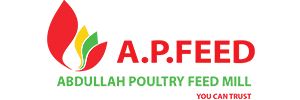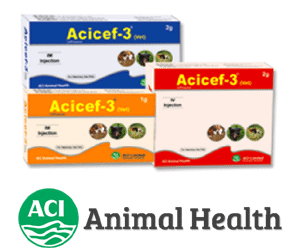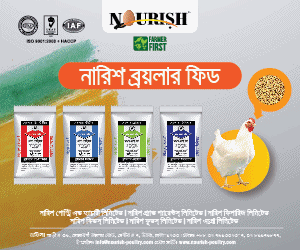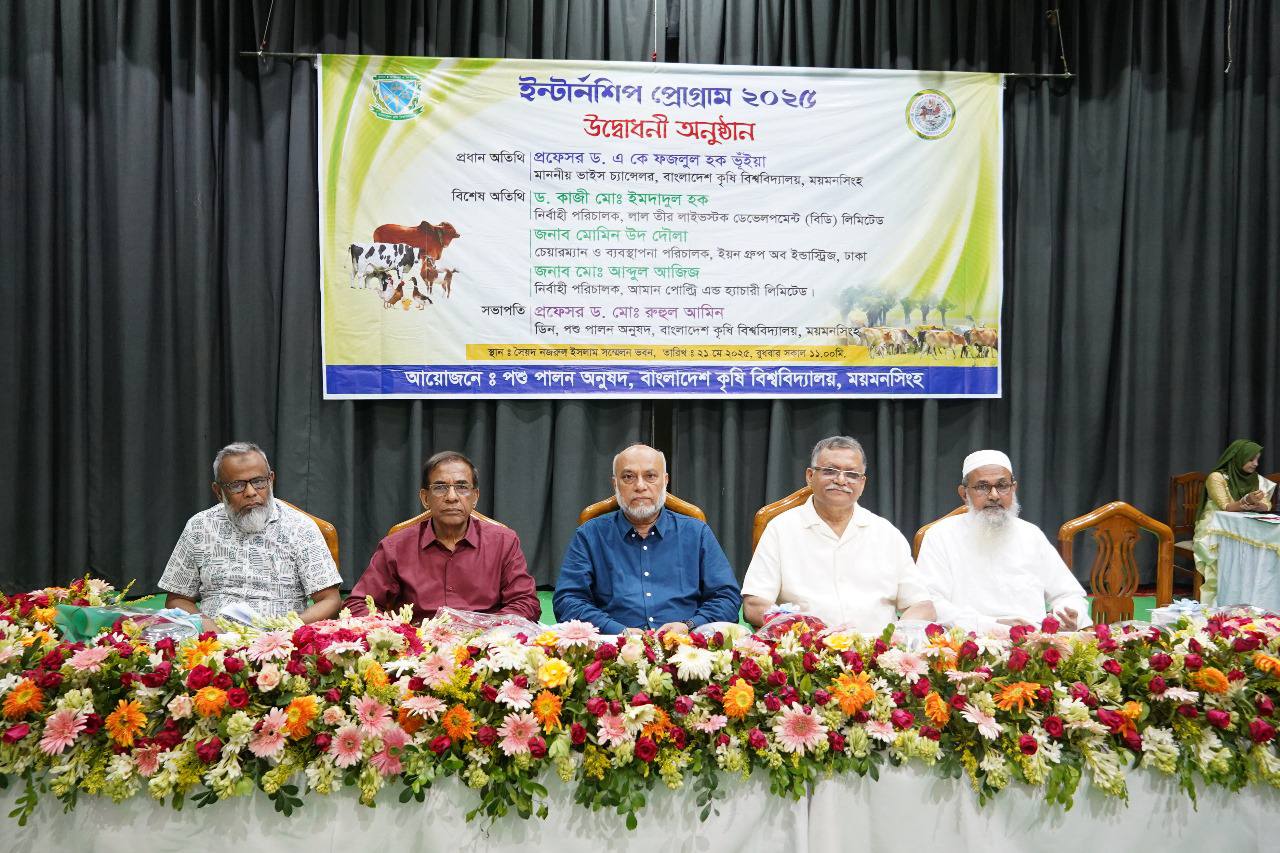How Mycotoxins Disrupt Poultry Gut Health
পোলট্রি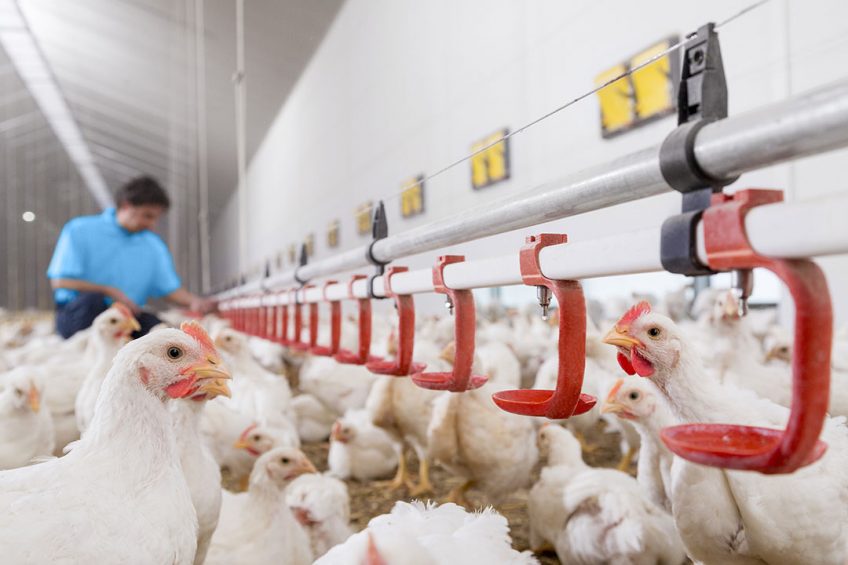
Mycotoxicosis is a condition observed in animals upon the ingestion of different concentrations of mycotoxins in the complete feed. Although mycotoxins affect most organs and systems in livestock and poultry, 2 systems that can be affected by many mycotoxins even at low concentrations are the immune system and the gastro-intestinal tract (GIT, gut). What are effective mitigation strategies that go beyond binders?
Mycotoxins, a diverse group of toxic secondary metabolites of fungi, are a world-wide challenge in the animal industry due to increased global trading of raw materials, as well as climate change and evolving agricultural practices. Although animals can be exposed to more than 600 different mycotoxins, most research to date has focused on 6 groups of mycotoxins (mentioned in decreasing order of sensitivity); ochratoxins (OTA), T-2 toxin, aflatoxins (AF), deoxynivalenol (DON), fumonisins and zearalenone (ZEN). Emerging mycotoxins, such as moniliformin, cyclopiazonic acid (CPA), are also known to cause toxicity in poultry. While mycotoxins affect most organs and systems in livestock and poultry, 2 systems that can be affected by many mycotoxins, even at low concentrations, are the immune system and the gastro-intestinal tract (GIT).
The negative influence of mycotoxins on gut health
On 12 May 2021 Trouw Nutrition, the animal health division of Nutreco, invited Prof. em. Dr Johanna Fink-Gremmels from Utrecht University to discuss the negative effects of mycotoxins on gut health as part of its global webinar series. A world-renowned authority on this subject, Dr Fink-Gremmels explained why the intestinal tract is the first site of contact for mycotoxins and intestinal epithelial cells are the first target cells for mycotoxins. Intestinal epithelial cells create the essential barrier between gut lumen and body tissue. Intact tight junctions are very important to seal the space between epithelial cells so that unwanted particles, pathogens, and toxins are not allowed to enter blood circulation. The efficient absorption and utilisation of nutrients by the bird also requires intact epithelial cells. However, most mycotoxins have been found to exert detrimental effects on the several functions of the GIT.
Dr Fink-Gremmels provided practical examples wherein mycotoxins such as DON increased trans-epithelial transfer of Salmonella typhimurium. She went on to explain how mycotoxin-induced impairment of intestinal integrity can trigger a cascade of events leading to an acceleration of the inflammatory response by endotoxins, such as lipopolysaccharides (LPS), and how these processes affect poultry health and performance. She concluded that among the different gut health parameters, tight junctions are the primary target for multiple mycotoxins and that the analysis of tight junction protein expression and functions can serve together with histo-morphological studies on intestinal tissue samples as biomarkers to assess successful intervention or strategies.
Mitigating the mycotoxin risk to poultry gut health – beyond binding properties
Dr Swamy Haladi, Global Programme Manager for Mycotoxin Risk Management at Trouw Nutrition, discussed in detail effective means to manage the negative effects of mycotoxins on gut health in poultry. Although inorganic adsorbents such as bentonites can effectively bind aflatoxins, ergot toxins and bacterial (endo) toxins in the intestine, they only have moderate binding to T-2 toxin, ZEA and OTA. Even harder to bind are DON and fumonisins. Therefore, mycotoxin binding strategies, hence, may not fully support and protect birds without other interventions. There is a need for ingredients capable of improving immune system and gut health to address the challenges posed by mycotoxins. On top of this, animal feed is usually contaminated with multiple mycotoxins, adding another level of complexity. Producers are looking for a broad-spectrum solution to protect their flocks and safeguard their business.
Binding multiple mycotoxins
Toxo-XL, a broad-spectrum mycotoxin risk management product from Trouw Nutrition, integrates 3 science-based modes of action (3D Approach). First, it effectively reduces mycotoxin entry into the bird’s blood circulation by high quality bentonites (smectite-based). Second, it maintains intestinal epithelial integrity with the help of selected glucose biopolymers of yeast origin. Intestinal epithelial integrity, more specifically the tight junctions, which are multi-protein complexes, inhibits the intercellular transport of toxins and pathogens into the blood circulation. In a broiler chicken study, Toxo-XL was able to reverse the negative impact of DON on the ratio of villus height to crypt depth at day 35 (Figure 1). Lastly, Toxo-XL can modulate the immune system with the help of patented purified beta-glucans. What does in vivo poultry research say about this strategy? These 3 modes of actions were shown to enhance body weight gain, egg production, eggshell quality, and feed efficiency in several in vivo validation studies conducted both in commercial broiler chickens and laying hens. On an average 3.5:1 ROI was realised in such trials indicating the practical application of Toxo-XL to enhance the bottom line of poultry operations.






